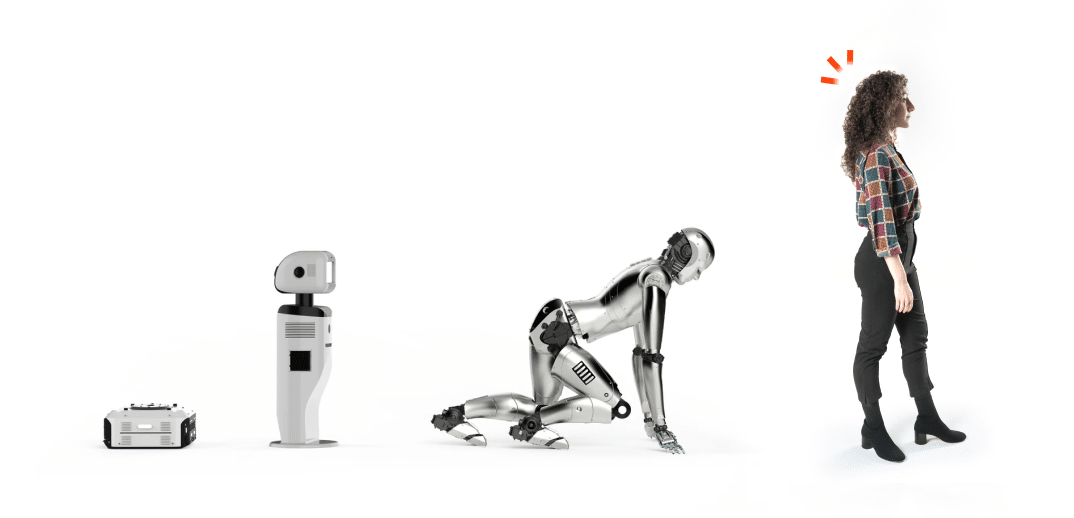Robotic Process Automation (RPA) is a software-based technology that alleviates a great deal of repetitive, manual work. Just as physical robots in the manufacturing sector are designed to take over manual tasks, RPA is, essentially, a conglomeration of software robots that automate the manual tasks of office work. That is, all the tasks they perform exist in the digital realm, not the physical realm. Think of such tasks as collating data, entering data, or scraping websites for basic information.
As these task examples show, RPA follows rules to automate work that has no variation. The clear takeaway here is that there is absolutely no intelligence in this type of rules-following. People often mistakenly think of RPA as intelligent, because a good tool designer can leverage RPA to string together a series of tasks to create a simple business process: log in, click a box, move a file from Point A to Point B, log out.
However, RPA works until it doesn’t. Between 30 and 50 percent of initial RPA projects fail. And, once even the slightest bit of variation is introduced into an RPA-enabled process, the RPA breaks down. It cannot handle variations like the use of unpredictable or unstructured data. So, if your business is like most in the world, you cannot apply RPA to your critical processes that need to perform high-volume work with these types of variability.
Additionally, RPA works fine for a horizontal task like collating data. However, RPA is not a replacement for a full job function like a sanctions screening analyst. Meaning, RPA can do a task, but it can’t do a job.
Exit the Rules Rut: Enter Intelligent Automation
Intelligent Automation — which is driven by artificial intelligence (AI), machine learning (ML), optical character recognition (OCR), and natural language processing (NLP) — takes your business where RPA can never go. Here’s how Deloitte characterizes intelligent automation: “It is used to increase focus on high-value business activities by implementing automations to emulate human actions, engagement, interactions, and judgments; using robotic and cognitive technologies; and improving workforce productivity and process effectiveness.”
How does AI-driven intelligent automation do all that? It integrates all RPA capabilities, plus it adds new capabilities for learning and adapting to data in real time.
Critical features of Intelligent Automation: AI, ML, computer vision, text analytics, and NLP
Added value of Intelligent Automation: process unstructured/semi-structured data, automate tasks that require judgment, and detect and adapt to constant change
Appreciating the Human Touch
Unlike automations of machinery in industries like manufacturing and distribution, intelligent automation is all about helping people evolve, not eliminating them from processes. According to Tech Republic, “AI is not displacing employees and won’t any time soon…Companies are re-training their employees to train the AI the organization is deploying so it understands things like emotional intelligence.” Gartner also created this free report to help employees mitigate any fears about automation.
With such organizational intelligence, businesses have gained many quick wins with their AI-driven automations. For example, they’ve been able to streamline complex processes, support compliance, improve KYC (know your customer) accuracy and operations, and control quality.
Don’t Call Us Bots: Taking Intelligent Automation to the Next Level
Unlike traditional RPA bots, which follow rules to automate work that has no variations, WorkFusion has taken the technologies behind intelligent automation and incorporated them into our “Digital Workers.” Digital Workers are intelligent automations personified. Each Digital Worker has a name (e.g., Evelyn, Darryl, Tara, etc.) and each is pre-trained to use “his/her/their” intelligent automations to perform specific, highly targeted processes that automate entire job roles, such as a transaction screening analyst who is an OFAC/AML expert, or an adverse media screening analyst who is a top expert in BSA requirements — not just task-driven jobs.
This digital workforce incorporates industry-specific best practices and necessary technical capabilities to streamline end-to-end processes, including complex ones. Whether a process involves deciphering data fields, determining material relevancy of text, making context-based decisions, or escalating to human colleagues, Digital Workers collaborate and continuously improve — thanks to their incorporated AI and ML.
Your people will appreciate Digital Workers, because they improve the lives of people by taking on their tedious, repetitive tasks while using “human-in-the-loop” capabilities to escalate exceptional cases to your staff. In this way, your people grow accustomed to working with AI every day — in a manner that is comfortable and beneficial.
Speaking of Digital Worker Benefits
When your people become accustomed to working with Digital Workers, three transformational things occur:
- Your organization takes significant steps toward digital transformation, because everyone gains comfort with the use of AI and ML in ways that make practical sense in their daily work routines.
- Your non-technical staff innovate process improvements. With more capacity in the process, this can free them to work on the process. And, because Digital Workers are a no-code solution, your analysts have the opportunity to modify them to suit their unique process needs.
- Digital Workers provide pre-built steps and workflows for core processes — even if they involve semi-structured or unstructured data. So, if different parts of the organization are processing the same data or integrating with the same systems, Digital Workers can be repurposed in whole or in part.
Of course, many businesses deploy Digital Workers in their standard, pre-trained formats to meet their specific roles. When they do, the time-to-value window is just 5–7 days. Imagine, instead of needing 6 months to hire and train additional staff to take on core process needs, you can augment existing staff with Digital Workers who hit the ground running, never need a break, and can work 24x7x365.
There’s lots to love about intelligent automation and Digital Workers — both for improving the lives of your people and improving your bottom line. Download our recent publication, the CIO’s Guide to Hyperautomation and the Digital Workforce to learn more about intelligent automation and how it brings your organization further down the path of digital transformation.






























